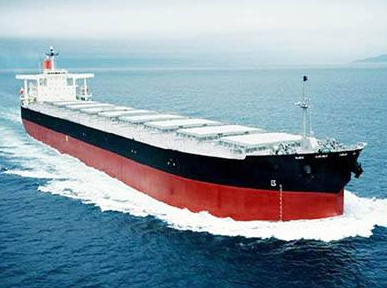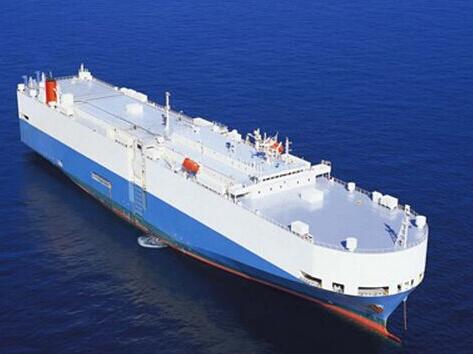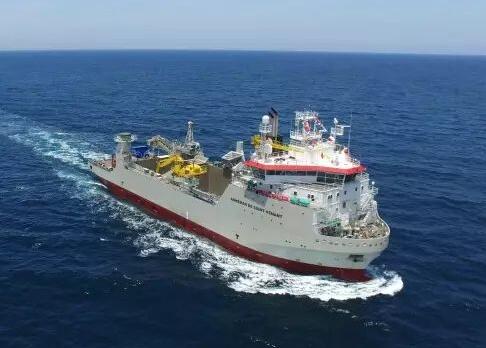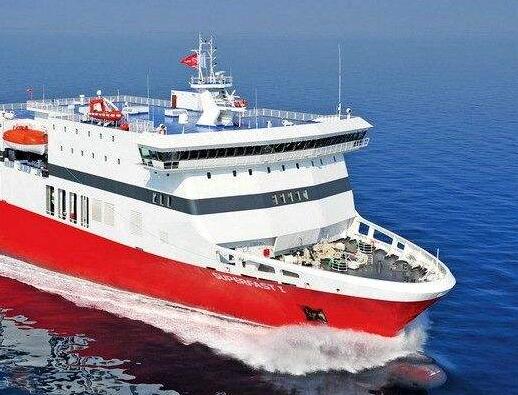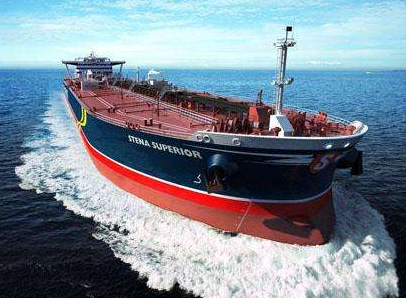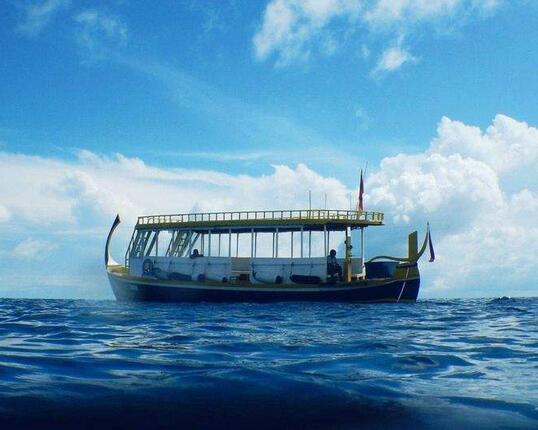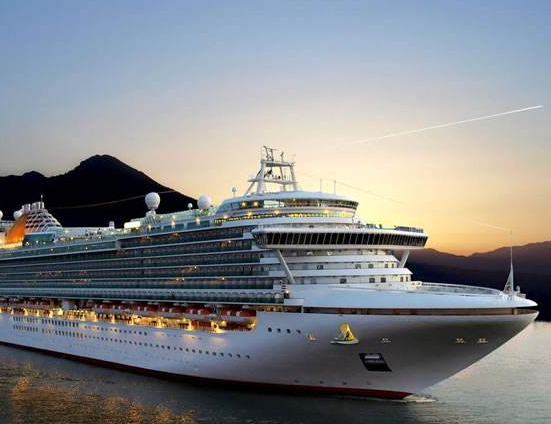According to the BBC, in the global economy, transport of goods is a vital link, but the ship has made the already polluted earth environment worse. British BBC inventory of many wonderful design, some sounds like a fantasy.
Last month, in San Diego, California, an engineer sat in front of his computer and held the joystick on the front desk. He is not playing a video game, but is driving a large cargo ship traveling thousands of kilometers near the Scottish coast. The engineer's joystick is connected directly to the cargo ship through the satellite, enabling him to precisely control the movement of the ship, completely by manual remote control. He watched the location of the virtual cargo ship on the screen. At the same time, the other staff responsible for supervising the test on the ship were also staring at their equipment and feeling that the ship was swinging at their feet.
The four-hour experiment is led by Finnish energy technology company W? Rtsil, who can operate cargo ships outside half of the earth. Wintel believes that future smart ships will allow the owner to more effectively control the movement of the vessel, reducing fuel consumption and carbon emissions. This is an ambitious idea that can help meet the major challenges of the 21st century. In this challenge, we are more closely linked to global trade, but at the same time facing the threat of climate change, it may change the weather pattern, sea level, and seriously affect the process of transport of goods.
Even more exciting is that the future ship may no longer need the captain, can be controlled by the computer thousands of kilometers away, even without human intervention.
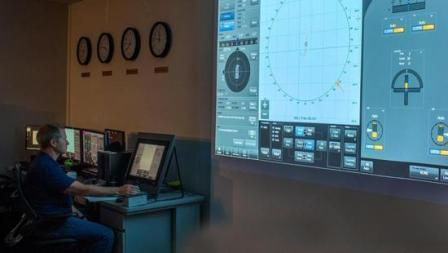
Figure 2: In the absence of human guidance, the future of the cargo ship can travel through the ocean. And just like playing video games, they can be remotely controlled thousands of kilometers away
The shipping industry is a huge industry, but it is not known for its high technology. Today, many of the ships around the world are bulky, fuel-efficient giant cargo ships, they have not undergone fundamental changes over the years. Will ship design change greatly in the near future? Are we already using automation on more land-based vehicles that can also be applied to ships traveling on waves?

Figure 3: This is the future remote control of the cargo ship rendering map, a certain degree of automation can reduce shipping costs
A major driver of the renewal of the world's ships is derived from the awareness of pollution hazards. In fact, the 16 largest ships produce greenhouse gases that are comparable to the total emissions of all the cars on Earth. Of course, big companies are looking for ways to maximize profits. Andrea Morgante, digital director at Wrzilts, admits that W? Rtsil's experiment can not be a reality in a short time in a way. However, since the owner can reduce the cost by reducing the crew, he believes that this method has great potential.
"You can imagine some new tugs (shipyard shipments) that can be remotely controlled to support vessels in the harbor." In fact, Norway's Kongsberg has been working with other companies to test and Deployment of ships without human intervention, fully automated. The company is developing two ships, namely Hrnn and YARA Birkelandhrnn. Among them, YARA Birkelandhrnn number is 80 meters long container ship, it will be fully used electric power, and plans to put into use in the second half of 2018. Peter Due, director of automation at Kongsberg, admired the accuracy of the test ship on the sensor (the supply of the product).
"You can not even see the Heineken or Carlsberg brand, but you can see the nearby beer cans near the machine," Peter explains. "Machine learning training allows the system to know which objects are the most important The gulls do not need to be wary of the target, but if you find the swimmer, the system will be aware of this and take the appropriate action.
The recent release of the University of Southampton shows that automated shipments are coming at more than expected due to lower technology costs and the shortage of labor in certain shipping fields. But as Peter has pointed out, institutions such as the International Maritime Organization (IMO) may take years to design and develop regulations that allow navigations from ships to be automated on the high seas. However, in a country's waters, local laws may allow such systems to be used more quickly.
In the future, no matter who is driving a future vessel (which may be human or robotic), the design of large, high-carbon commercial ships will change. This is another way in which these important modes of transport can reduce their impact on the planet. For example, a composite material can be used to build vessels, such as glass fibers and plastics, which can greatly reduce the weight of the vessel, thereby increasing fuel efficiency and increasing the capacity of the cargo.
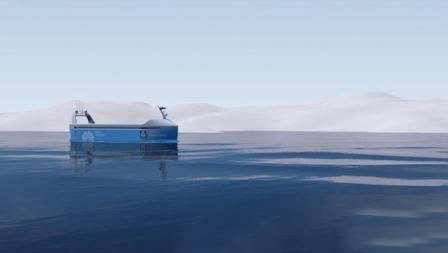
Figure 4: Yara Birkeland will be completed next year, it is said to be the world's first automated ship
The European Union has recently launched a "fiber boat" project to develop composite hulls for more than 50 meters long cargo ships. Volker Bertram, a ship design professor at DNV, said that for many ships, including passenger ships (shipyard shipments), this may Bring more benefits. But he added that for larger ships, especially for those who transport heavy cargo, steel may still be the preferred material. "If you have a tanker and 90% of the tanker's weight is the goods, there is not much power to build it with lighter materials," he explains.
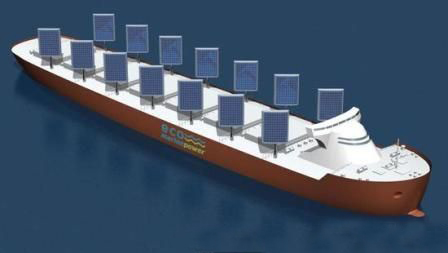
Figure 5: In the 21st century, the ocean is filled with a large number of fossil fuel-based cargo ships, which exacerbates climate change, and the future vessels may be solar powered
Eco Marine Power, based in Japan, is developing a solar panel that can be mounted on cargo ships. "When we first tried, it would be impossible to place a solar panel on a rigid sail, but the technology was always improving, and the cost," said Greg Atkinson, chief technology officer at the company. Is also declining. "He said that many large cargo ships still need engines and traditional fuels, but wind and solar energy can reduce fossil fuel consumption. In terms of renewable energy, hebelieves that 80% of the energy will come from the sailing effect, and 20% from the solar panels.
Eco Marine Power hopes to test its system on large bulk carriers, which can carry iron ore, coal or cereal goods. "These ships are the best targets for using this technology, and they are sailing relatively slowly, and they sometimes sail in more favorable winds," Atkinson explained.There are similar systems in other parts of the world, and they plan to use a cargo ship with a rigid sail that can accommodate 2,000 cars. However, there are additional costs like this design, and there is indeed a risk. Of course, rigid sails are dangerous in gale, especially if they can not be easily folded on or below the deck. But Potter pointed out that digital technology is helping ship designers to help them more accurately simulate the performance of ships in different maritime environments. He believes that energy efficiency may accelerate the shipping industry innovation.
3D printing technology and other technologies may change the production of certain ship parts. Recently, a consortium of cruise companies in Rotterdam, the Netherlands, launched a prototype for 3D printing propellers. For the owner of the world's largest ship, if the parts are damaged at sea, the need to replace the 3D print parts on board the ship may be a very attractive prospect.
In the future these ships will be like a toy, can be remote control through the ocean; they use the future material manufacturing, these materials can significantly reduce emissions; In addition, they may be driven by solar energy. They will become the sea monster, and forever change the surface of the earth's ocean.
















 RCCN WeChat QrCode
RCCN WeChat QrCode Mobile WebSite
Mobile WebSite